
THE WATERGATE SCANDAL
By Charles Apple
The Spokesman-Review
The Watergate break-in led to a sequence of events: A coverup, an investigation, Congressional hearings, indictments and convictions and, eventually, the resignation of a president.
But it’s important to remember: This didn’t happen quickly. It took more than two years for the entire saga to unfold.

Accociated Press
The Watergate complex as it appeared from across the Potomac River in 1974.
How Watergate Went Down
1972
June 17
Operatives working for the Committee to Re-elect the President are arrested in a break-in at the Democratic National Committee headquarters at the Watergate office complex in Washington.
June 20
Nixon and chief of staff H.R. Haldeman discuss Watergate. Later, an 18-minute gap will appear on a tape of that conversation.
Bob Woodward of the Washington Post reports that one of the burglars had Nixon aide E. Howard Hunt’s contact information and checks signed by Hunt when he was arrested.
Sept. 15
Seven men, including Hunt and another former White House aide, G. Gordon Liddy, are indicted in the break-in.
1972
Jan. 15
Five of the men plead guilty to conspiracy, burglary and wiretapping. Two more — Liddy and James McCord — stand trial later that month and are convicted.
April 30
Haldeman and Nixon aide John Ehrlichman resign. White House counsel John Dean is fired.
May 18
A Senate committee begins televised hearings on Watergate. A special prosecutor is appointed: Archibald Cox.
June 25
Dean testifies Nixon was involved in the cover-up soon after the break-in and that the White House had conducted political espionage for years.
July 16
Former deputy chief of staff Alexander Butterfield testifies that all of Nixon’s White House conversa- tions have been taped.
Oct. 20
Cox refuses to compromise with Nixon on the tapes, so Nixon orders Attorney General Elliot Richardson to fire Cox. Richardson refuses and resigns in protest. Acting Attorney General Robert Bork fires Cox. This becomes known as the “Saturday Night Massacre.”
Nov. 21
The White House reports two of the subpoenaed tapes are missing and one contains an 18½-min- ute gap. Over the next few months, experts determine the tape was deliberately erased multiple times.
1973
July 24
The Supreme Court rules that Nixon must surrender the tapes.
July 27-30
The House Judiciary Committee adopts three articles of impeachment against the president.
Aug. 5
Nixon releases transcripts of three conversations between him and Haldeman held on June 23, 1972 — six days after the break-in. The tapes reveal Nixon obstructed justice by ordering the FBI to stop its investigation of the break-in. Other transcripts show he directed a cover-up. This becomes the “smoking gun” investigators had been searching for. Nixon’s political support dissipates as Republicans on the Judiciary Committee who voted against impeachment announce they’ll change their votes.
Aug. 8
Nixon says his goodbyes to his Capitol Hill supporters — 20 senators and 26 representatives — who he summoned to the White House Cabinet room. He tells them the country cannot operate with “a half-time president” before he breaks down in tears, ending the meeting.
An hour later, Nixon goes on national TV and announces he will “resign the presidency, effective at noon tomorrow.” He tells the nation that he had never been a quitter and that leaving office “is abhorrent to every instinct in my body.” But, as president, he would put the nation’s interests first.
Aug. 9
Flanked by his family, Nixon delivers a farewell speech to his staff in the East Room of the White House.
Afterward, Nixon departs via helicopter from the South Lawn — but not before flashing his signature double-V-for-victory sign at the top of the steps.
At 11:35 a.m., Secretary of State Henry Kissinger initials Nixon’s resignation letter, making it effective.
At noon, Supreme Court Justice Warren Burger swears in Vice President Gerald Ford as president, also in the East Room.

Accociated Press
WATERGATE CAST OF CHARACTERS
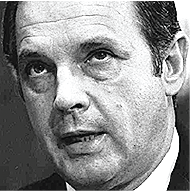
Alexander Butterfield
Deputy White House chief of staff. Controlled the White House taping system.
Charge: Was not involved in the coverup and not charged.
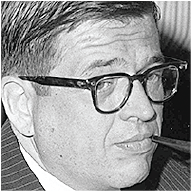
Charles Colson
White House lawyer in charge of political affairs
Charge: Pleaded guilty to obstruction of justice.
Sentence: 1 to 3 years
Served: 7 months
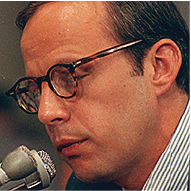
John Dean
White House counsel
Charge: Pleaded guilty to obstruction of justice.
Sentence: 1 to 5 years
Served: 4 months
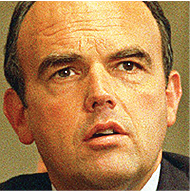
John Ehrlichman
Assistant to Nixon in charge of domestic affairs.
Charge: Conspiracy, obstruction of justice and perjury
Sentence: 2½ to 8 years
Served: 18 months
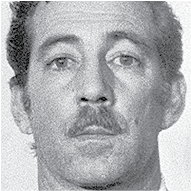
Virgilio Gonzalez
Cuban refugee part of the Watergate break-in.
Charge: Attempted burglary
Sentence: 1 to 4 years
Served: 13 months
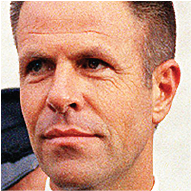
H.R. Haldeman
Nixon’s chief of staff.
Charge: Perjury, conspiracy and obstruction of justice
Sentence: 2½ to 8 years
Served: 18 months
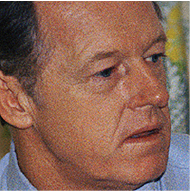
E. Howard Hunt
Former CIA operative in charge of stopping leaks
Charge: Burglary, conspiracy and wiretapping.
Sentence: 2½ to 8 years
Served: 33 months
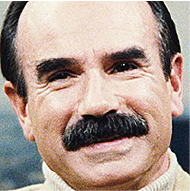
G. Gordon Liddy
Lawyer for Nixon’s re-election campaign.
Charge: Conspiracy, burglary and wiretapping
Sentence: 6 years, 8 months
Served: 4½ years
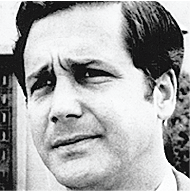
Jeb Magruder
White House communications advisor.
Charge: Conspiracy
Sentence: 10 months to 4 years
Served: 7 months
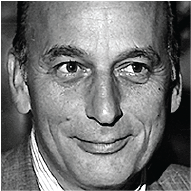
Robert Mardian
Lawyer for Nixon’s re-election campaign.
Charge: Conspiracy
Sentence: 5 years
Served: Conviction overturned on appeal
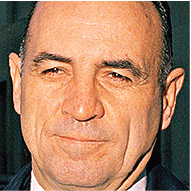
James McCord
Security chief for Nixon’s re-election campaign.
Charge: Conspiracy, burglary and wiretapping
Sentence: 1 to 5 years
Served: 4 months
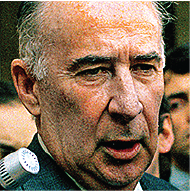
John Mitchell
Attorney General and Nixon campaign director
Charge: Conspiracy, obstruction of justice and perjury
Sentence: 2½ to 8 years
Served: 19 months
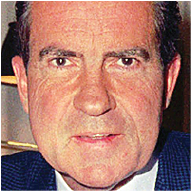
Richard M. Nixon
A House committee approved articles of impeachment charging him with obstruction of justice, abuse of power and contempt of Congress.
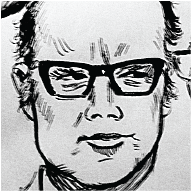
Kenneth Parkinson
Lawyer for Nixon’s re-election campaign.
Charge: Conspiracy and obstruction of justice. Conviction was overturned on appeal.
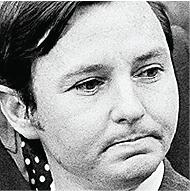
Donald Segretti
In charge of political sabotage for Nixon’s re-election campaign
Charge: Pleaded guilty to distributing illegal campaign literature.
Sentence: 6 months
Served: 4½ months
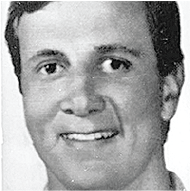
Gordon C. Strachan
Aide to Haldeman.
Charge: Conspiracy, obstruction of justice and perjury. Charges would be dropped before his case went to trial.
HOW DID NIXON GET PARDONED?
In 1973, Nixon’s vice president, Spiro Agnew, pleaded no contest to tax evasion and had resigned as part of a plea bargain. Nixon appointed House Republican leader Gerald Ford of Michigan to replace him.
In a surprise announcement on Sept. 8, 1974 — just short of a month after Nixon’s resignation, Ford granted Nixon a “full, free and absolute” pardon to Nixon for “all offenses against the United States.”
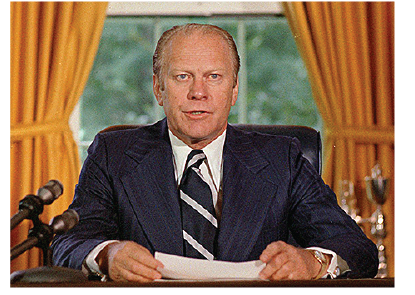
Accociated Press
Ford tells the nation that Nixon’s circumstances are “a tragedy in which we all have played a part. It could go on and on and on, or someone must write the end to it. I have concluded that only I can do that. And if I can, I must.”
BOB WOODWARD
Bob Woodward of the Washington Post — who, along with his colleague, Carl Bernstein — played a major role in reporting the scandal. Woodward will speak at the Spokane Conven- tion Center Friday as part of the Whitworth University President’s Leadership Forum.
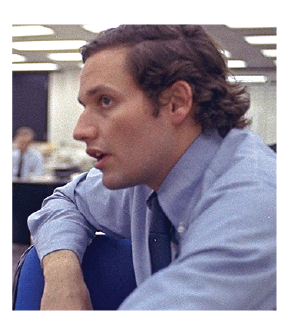
Accociated Press